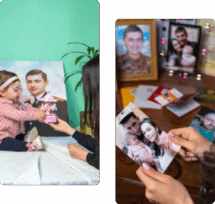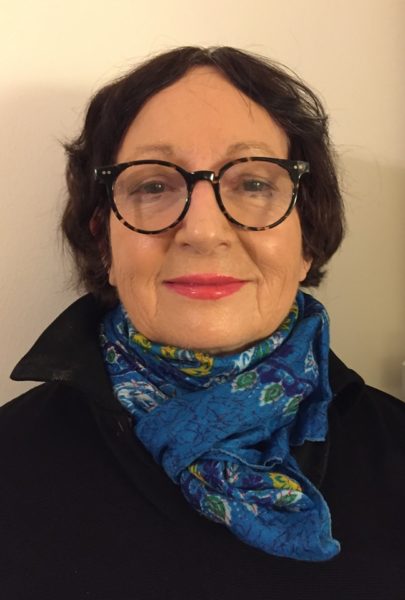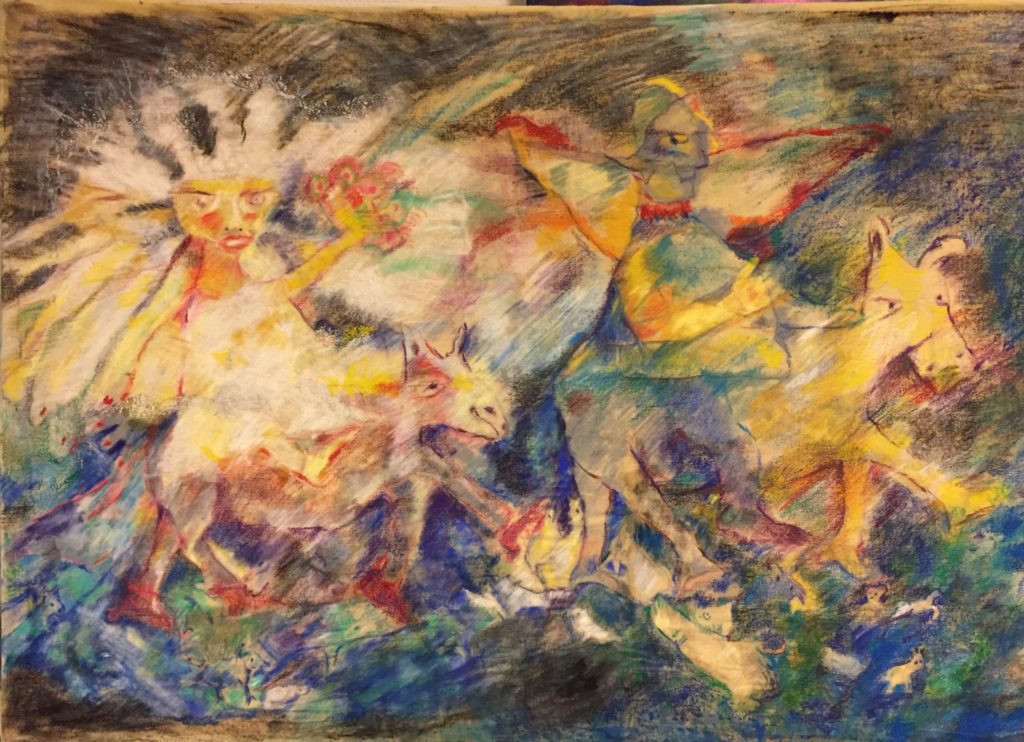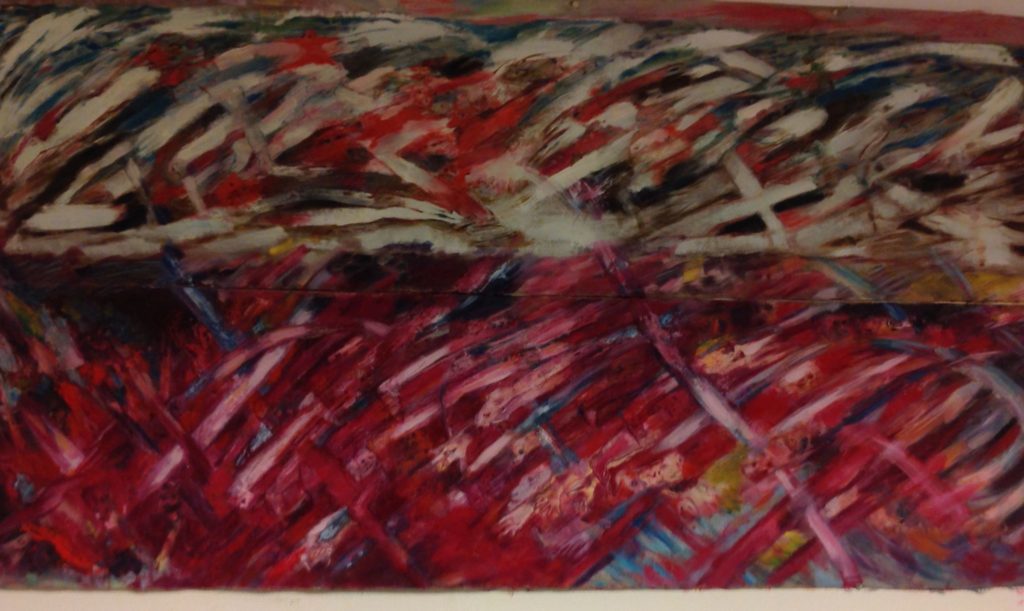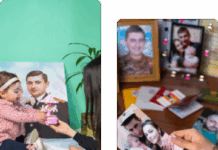By Artsvi Bakhchinyan
Special to the Mirror-Spectator
OSLO/YEREVAN – Odette Nikgol is a Norway-based Armenian painter, animator and translator. We have been in touch since 1997. “I have worked hard to be able to present myself as an Armenian both in Iran and in Norway,” she wrote in her first letter addressed to me. We met about 20 years later during her first visit in Yerevan.
Dear Odette, where does your surname come from?
My father’s name was Hayrapet Berjikian. He was born in Urfa and joined the Armenian Volunteer Army at a young age and also served in the French Army. He later obtained French citizenship, but, moving to Iran, married my mother, Emily Shahverdyan, and received a Persian citizenship. In memory of his mother, Vardanush he changed his surname into Nikgol, translating his mother’s name into Persian…
While acquainted with your biography you have an impression you have studied your all life.
